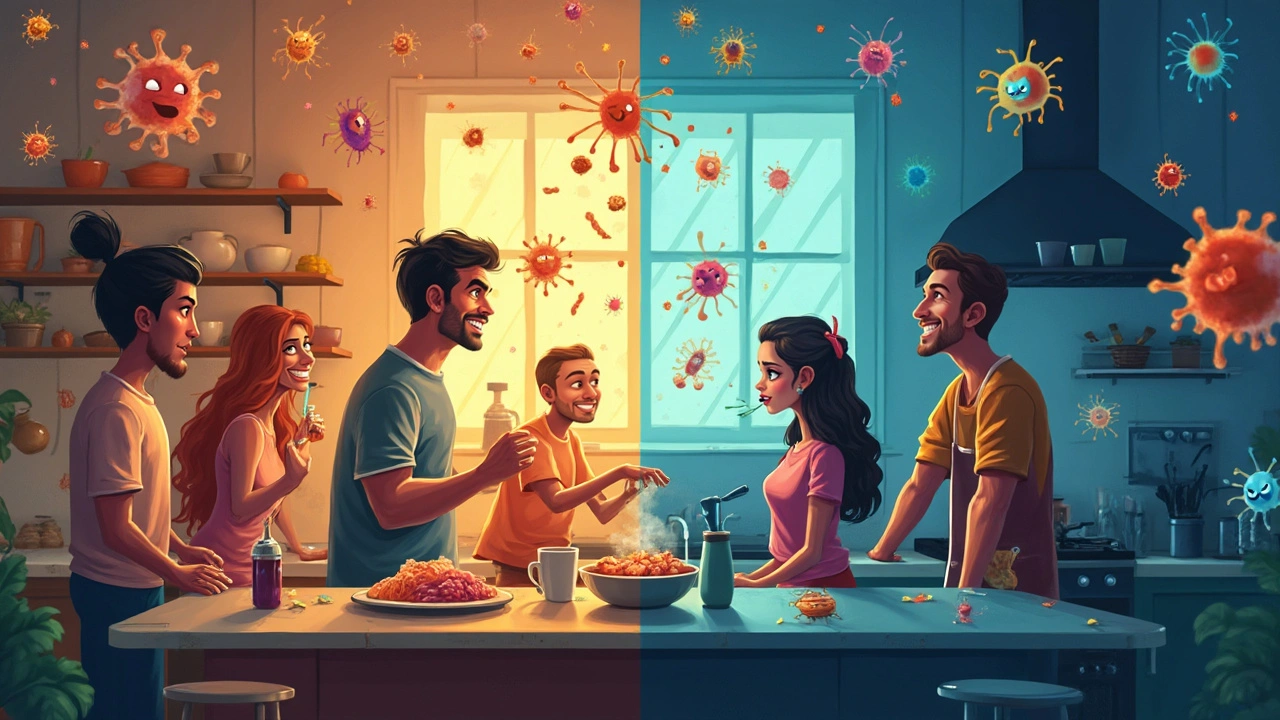Harmful Bacteria: Understanding the Threat and Staying Safe
Ever wonder why a simple cut can turn nasty? That’s often because harmful bacteria slip in and start multiplying. These tiny germs can cause infections that range from mildly annoying to seriously dangerous. Knowing which bacteria are the troublemakers and how to keep them at bay can save you a lot of hassle.
Common Types of Harmful Bacteria
Most people have heard of Staphylococcus aureus (the “staph” bug) and Escherichia coli (E. coli). Staph loves skin breaks and can cause boils or even blood infections if it gets into the bloodstream. E. coli lives in the gut, but some strains produce toxins that lead to severe stomach cramps and diarrhea. Then there’s Salmonella, the classic cause of food poisoning, and Clostridium difficile, which thrives after antibiotics disrupt your normal gut flora, leading to intense colitis.
Other culprits include Streptococcus pneumoniae, which can trigger pneumonia, and Pseudomonas aeruginosa, a tough bug that often shows up in hospital settings and can infect wounds or the lungs of people with weakened immune systems. Each of these bacteria has its own favorite habitats, but they all share one thing: they love a chance to multiply when your defenses are low.
Practical Ways to Reduce Exposure
The good news is you can cut down your risk with everyday habits. First up, hand washing. A quick scrub with soap for 20 seconds before meals or after using the bathroom removes a huge chunk of germs. If soap isn’t handy, an alcohol‑based hand sanitizer works well for most bacteria.
Second, keep food safe. Cook meat to the right temperature, wash fruits and veggies thoroughly, and avoid cross‑contamination by using separate cutting boards for raw meat and other foods. Refrigerate leftovers within two hours to stop bacteria from growing out of control.
Third, protect skin injuries right away. Clean a cut with mild soap and water, apply an antiseptic, and cover it with a clean bandage. Changing the dressing daily reduces the chance of staph or other bacteria moving in.
Fourth, be smart with antibiotics. Only take them when a doctor prescribes them, and finish the whole course. Overusing antibiotics can wipe out good bacteria, giving harmful ones like C. difficile room to expand.
Finally, stay up to date on vaccinations. Shots for pneumonia, meningitis, and certain strains of E. coli can give your immune system a head start against these pathogens.
Putting these simple steps into your routine won’t eliminate every risk, but it creates a strong barrier that keeps most harmful bacteria at bay. If you ever suspect an infection—persistent redness, swelling, fever, or unusual pain—don’t wait. See a healthcare professional early to prevent a small problem from turning into a big one.
Remember, harmful bacteria are everywhere, but you have the tools to stay safe. A little awareness, clean habits, and timely medical care go a long way in keeping you healthy and infection‑free.
-
Understanding How Bacteria Cause Infections: Key Facts and Insights
Bacteria play both helpful and harmful roles in our bodies, but sometimes they’re the culprits behind infections that make us sick. This article dives into how bacteria cause infections, the ways our immune system fights them, why not all bacteria are bad, and what you can do to protect yourself. It also uncovers some surprising facts about antibiotic resistance and tips for recognizing and managing bacterial infections. Get practical advice to stay healthy while understanding the hidden world of bacteria.
